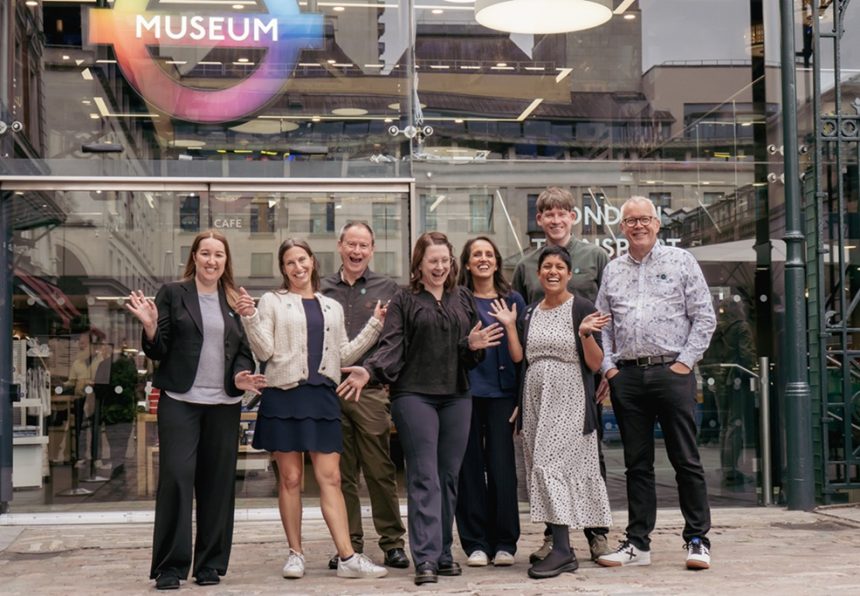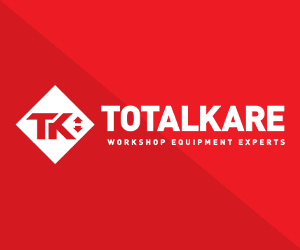Women in Transport celebrated its 20th anniversary in early June, and the advocacy group remains committed to increasing the number of women working in the sector.
A baseline component of that is advancing women’s careers by helping them to build skills, networks and connections. That has been the case since 2005, but the organisation’s structure and how it sits within transport has evolved over the same period. What is now Women in Transport began life two decades ago as the London chapter of Women’s Transportation Seminar (WTS), an international organisation.
Much of the work done in the early days has a common thread with Women in Transport’s efforts today. Flexible working was subject to a report by WTS London, networking events were staged, and communicating opportunities for careers in transport for women was the basis of a series of films.
Fast forward to the late-2010s, and a campaign called 100 Years of Women in Transport was staged jointly with other organisations. It majored on women who worked in transport at time of war. Soon after, budget changes and a desire to extend focus beyond London led to transition. Women in Transport was born.
100 Years of Women in Transport celebration a catalyst
Sonya Byers OBE served as Events Chair of the WTS London chapter and became Vice-President in 2017. Her career in transport has majored on planning and consultancy. Sonya is now Chief Executive of Women in Transport, having put forward the original motion to the WTS London chapter board that it became an independent UK-wide organisation.
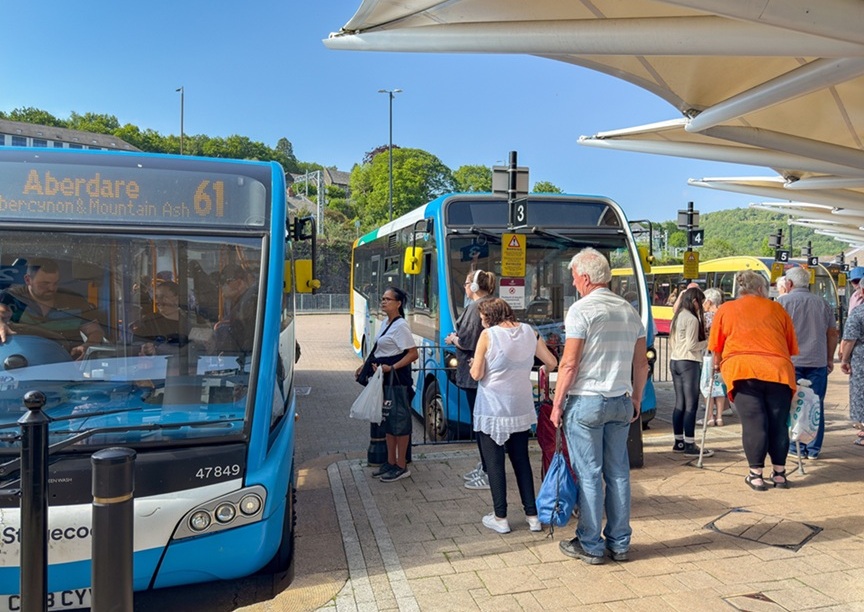
“There was a trifecta of things going on,” she recalls. “100 Years of Women in Transport, a drive for us to expand, and then Jo Field – who is our current President – formed the All Party Parliamentary Group for Women in Transport. We saw an opportunity to influence policy.”
Sonya points to the 100 Years of Women in Transport celebration as an indicator of both the scope for women to work in the sector and the extent of change that is still needed.
“While men were at war, women took on roles including bus conductor, train driver, and many others. When the men came home, women had to give up those jobs.” Even today, representation of women in transport is still behind the level of 100 years ago. At the current rate of progression, research has shown that gender parity is 138 years away.
During the early days of the pivot to Women in Transport, the pandemic hit. That was a defining point, Sonya recalls. The organisation reacted quickly, introducing a newsletter and online events. But two primary sponsors froze their funding, a move that could have been the difference between surviving or not.
“I recall at eight months pregnant saying: ‘These are our options. We wind down Women in Transport. We hand it all back to volunteers and it becomes completely volunteer-led again.’ And I was not sure of the others.”
The membership wanted Women in Transport to continue what it was already doing. Through concerted effort, external relationships were developed, and funding was unlocked. A roster of 70 partners is now on hand and eight regions are established. “We have transformed the organisation’s governance and structure,” Sonya says.
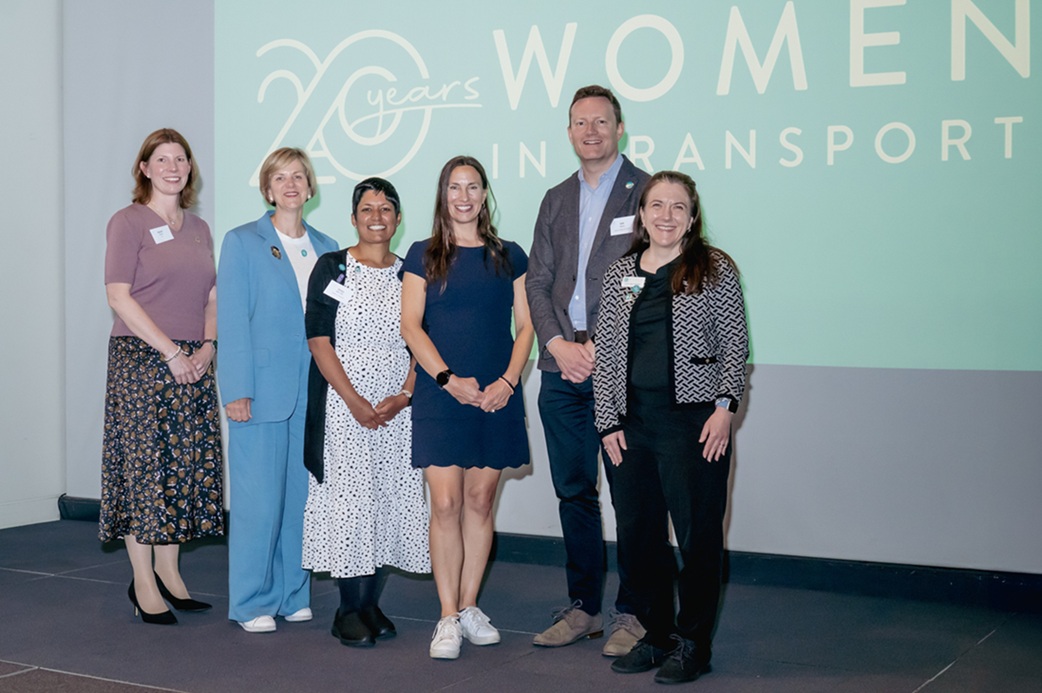
D&I Bus Group work is a major strength for organisation
Women in Transport has almost 1,800 individual and corporate members. Around 100 job roles are represented. Sonya notes how those include bus and train drivers, marketers, HR professionals, operational staff, senior leaders, and even architects.
The organisation works closely with other segment-specific groups and has a good relationship with Women in Bus and Coach. Employment with a transport operator is not mandatory for membership, and local authority and supplier representatives are prominent.
Flagship of Women in Transport’s work in bus is the Diversity and Inclusion Bus Group. It is co-chaired by Dal Kalirai, who is also the organisation’s Development Director. For many years Dal worked for National Express and its predecessors in the West Midlands bus sector. The D&I group is highly collaborative, and an area of success has been bus cab design.
“The D&I Bus Group is great at sharing best practice,” says Dal. “We have people talking about recruitment challenges and how to start a staff network. Really practical things.” While there is a strong willingness to do better, enacting change is not always simple.
Nevertheless, Dal and Sonya are happy with how the D&I Bus Group has developed. “We raised the profile and the visibility of diversity and inclusion, and we sparked conversations,” Dal continues. “We have changed mindsets about how people view women in the bus industry.”
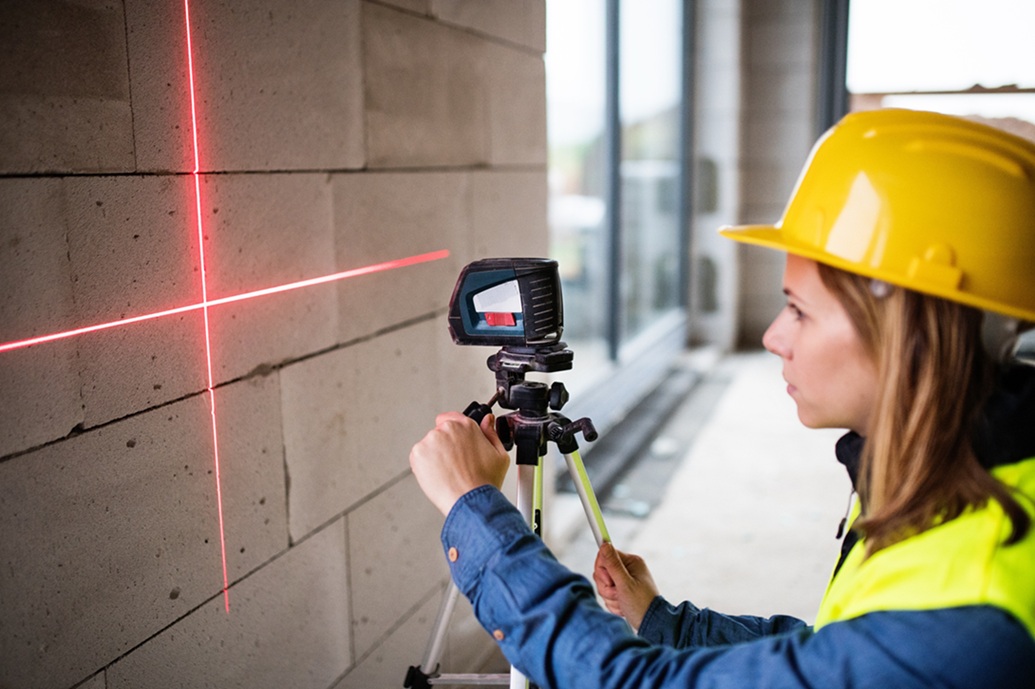
Mentoring programme is a flagship for Women in Transport
Site visits as part of the event programme are an attraction to some participants, but Women in Transport’s most prominent member benefit is its Advance mentorship programme. Around 50 mentee and mentor pairings are created per year, and the service is free as part of the overarching £60 per year membership fee.
As befits something that can boost the mentee’s career, taking part is a structured process. Mentoring came out of the 100 Years of Women in Transport celebrations. Sonya and longstanding member Angela Gainsford devised the programme.
Dal believes that it fills a gap that exists at some employers. “They will have mentoring for people who have been identified as leaders of the future, but those who are newer entrants or may have been overlooked do not benefit,” she says.
Sonya notes how some Women in Transport members have participated once and then done so again, potentially after a period of maternity leave. “They may have lost connections and need to get themselves back into professional life,” she adds.
Taking part as a mentee or a mentor requires an application. “The most important part of that is what the mentee wants to get out of the process,” says Sonya. “It does not need to be complicated, but they must be able to articulate it.” An overseeing panel then matches a mentee with a mentor.
“That might not always be a pairing they expect,” she continues. Mentors can be men or women. The programme has drawn strong reviews from participants. Complementing it is a leadership development scheme. Some individuals progress through both.
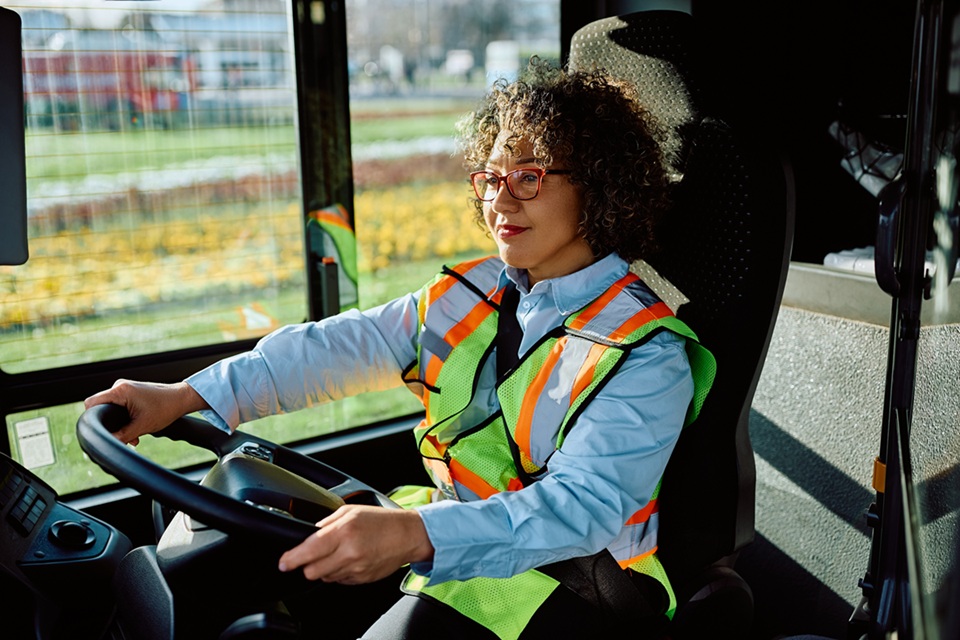
Looking to now – and towards the future
Dal and Sonya have found in their respective careers that being pushed while being supported is a good way to get on. Both are longstanding members of Women in Transport. Sonya notes how despite changes of employer, the organisation has been constant.
“It enabled me to prove I have skills that are transferrable, and to build skills and confidence in areas that I would not necessarily have,” she says. Dal acted as Interim CEO of Women in Transport during Sonya’s second maternity leave. “We have such a good team around us; a team of volunteers, and strong male allies,” says Dal.
With 20 years recently celebrated, what of the future? Helping women already in the sector to advance is key, but so too is attracting more in the future. Doing so will make the transport industry stronger, Sonya notes. Aligning with groups like Women in Bus and Coach and many others is core to that.
“How do we make it intentional for the next generation of women to enter transport rather than falling into it, as Dal and I did?”, she ponders. “Transport is a fantastic place to work. But we must think about how we connect people to opportunities and make them visible.”
Work so far only scratches the surface
As Development Director, Dal has been charged with preparing a three-to-five-year plan. A legacy project is part of that, and regional growth is progressing. Sonya believes there is much still to do, and that Women in Transport thus far has only scratched the surface of what is possible.
“We also need to appeal to men more if we are to enact the change that is required,” Dal adds. Sonya expects that a need for support and community will always exist, even once gender parity is achieved. But with a long way to go until then, the organisation has a busy future ahead.




















